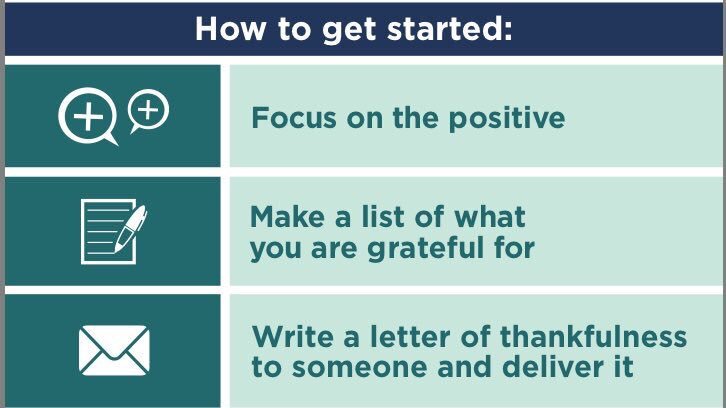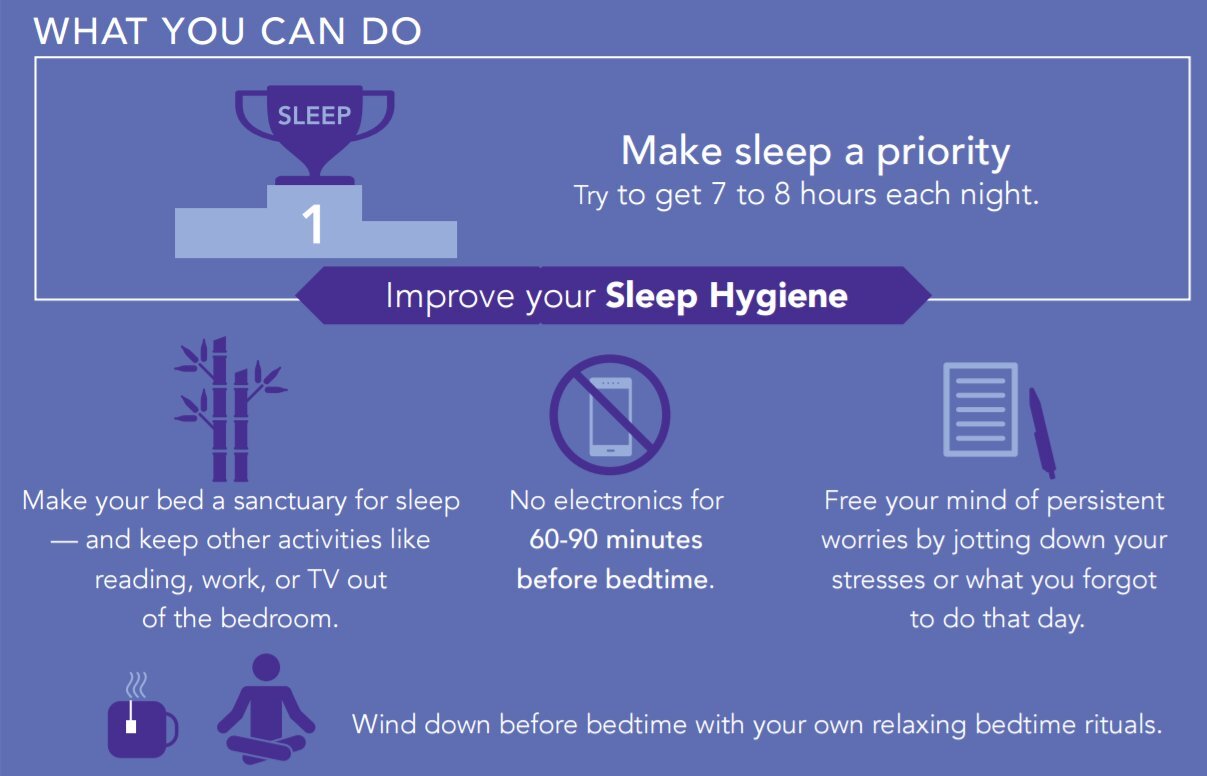
Infographics
ROI, repackaging and repurposing
Several media sources have reported that between 60 percent to 70 percent of owned corporate content sits unused. Up to 70 percent!
When my team at Kaiser Permanente heard that stat, we made adjustments to our approach. By intentionally crafting evergreen content, we extended its usability/shelf life, and by repackaging the original content for different channels and platforms, we made our content go further. This resulted in a better return on our investment in content production.
A podcast series can serve as a reliable pipeline for content. You can take the same topic, put it into a different format, and tailor it for different channels. While I was at KP, some of our best content success stories began with a Total Health Radio episode.
We adapted key points from the show for a full-size infographic featuring links to the original source material.
We further distilled the information into image-focused, modular content perfect for social media platforms.
We translated content from infographics into a video format for KP’s YouTube channel.
Background: “Diets: The Good, the Fad, and the Ugly" fit this model. While promoting the podcast episode upon which it was based, the infographic was popular on its own and became the gift that keeps giving. It was amplified via social media, shared by KP’s sales force, and was successfully used for lead capture on www.kp.org for nearly a year. When a link to the infographic was included in an email to KP members, the single-day page views increased by 42,000, generating a level of interest that temporarily crashed the website. (Twice.) The infographic also was subsequently shared by non-KP organizations and external websites.
My role: With infographics, I served as producer and project manager, as well as creative partner to graphic design. Writing, editing, and stakeholder management for reviews and approvals were my responsibilities.
Endless opportunities for content amplification and cross promotion exist when working with related-yet-different pieces of content that complement one another.
How a warm and fuzzy topic is transformed by including science, data, or expert opinion
Background: We had heard for years — from celebrities extolling the virtues of gratitude journals to bestselling self-help books on the topic — that there was real value in nurturing an attitude of gratitude. And we knew it would be an ideal topic for our November content editorial calendar in the lead-up to Thanksgiving. So, we jumped into research mode. We identified medical experts, related studies, and clinician-backed tangible steps to help people take action.
My role: I was producer on this project — researching the topic, working with our clinical expert, completing the creative brief, managing stakeholder reviews and approvals, and partnering with graphic design on the look and feel.
Click through on the image to see the full infographic, including the call to action.
Modular magic
A thoughtfully constructed infographic can be a solid investment for your editorial calendar.
When designing a full-size infographic by combining modular chunks of standalone content, repackaging the different elements for other uses is a breeze. Done right, it sets you up with a stack of snackable content always ready for sharing on social platforms.
Here are examples of how two separate KP regions went about using excerpts from the full-length gratitude infographic (produced by us at KP national) to fit their social media needs. The more modular you can make the original infographic, the more options you will have to repurpose it.
Key to this approach is chunking out the content as you determine the layout and design of the infographic. People don’t really read infographics — they scan. Chunking the content — both copy and images/icons — is easier on the audience.
The last example is from a full-length infographic called The ABCs of ZZZs — based on another Total Health Radio episode. Every spring and fall, it was included in KP’s editorial calendars in the lead up to the time change -- when people's sleep can get even wonkier than normal. We were able to piece out elements for multiple social posts.




